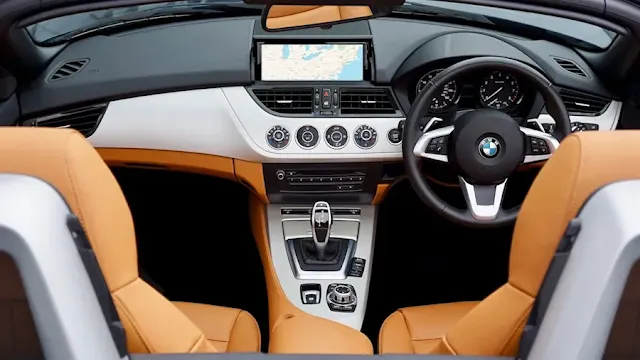Knowing India’s customs tariff and baggage regulations is vital for international passengers landing at airports like Delhi, Mumbai, or Chennai. Managed by the Central Board of Indirect Taxes and Customs (CBIC), these rules specify duty-free allowances, generally 15-30 kg for checked luggage and 7 kg for carry-on, varying by airline. Items exceeding limits, such as electronics over Rs 50,000 or alcohol beyond 2 liters, attract duties of 35-150%. Oral declarations typically suffice, but carrying invoices is advised. Understanding these guidelines, available on the CBIC website, helps ensure compliance and a smooth customs process for travelers.
Table of Contents
When arriving at Indian international airports like Delhi, Mumbai, or Chennai, understanding Indian customs regulations is crucial for a hassle-free experience. The Central Board of Indirect Taxes and Customs (CBIC) oversees rules governing duty-free allowances, typically 15-30 kg for checked baggage and 7 kg for carry-on, depending on the airline. Passengers must declare items exceeding limits, such as electronics over Rs 45,000 or foreign currency above USD 5,000. Prohibited items include narcotics and wildlife products. Familiarizing yourself with these regulations, accessible via the CBIC website, ensures compliance and helps international passengers navigate customs smoothly, avoiding delays or penalties.
Baggage Definition and Declaration

The term "baggage" includes unaccompanied baggage but excludes motor vehicles, as defined by Indian customs law. Passengers must declare the contents of their baggage to a customs officer, typically through an oral declaration, though written declarations may be required in specific cases. Compliance ensures smooth clearance at airports.
Related: Customs Act of India
Duty and Tariff Valuation
The duty rate and tariff valuation for baggage are determined on the date of declaration. For goods personally brought by passengers, the valuation is based on the retail price paid abroad. Always carry original invoices or bills to resolve disputes with customs officials. Duty rates vary, typically ranging from 10-40% depending on the item.
Related: Official Baggage Rules
Who Qualifies as a Tourist?
A tourist is a passenger who:
- Is not normally a resident of India.
- Enters India for a stay of up to six months within a 12-month period for legitimate non-immigrant purposes, such as tourism, recreation, sports, health, family, study, religious pilgrimage, or business.
Tourists benefit from specific duty-free allowances, such as Rs 50,000 for personal goods, excluding restricted items.
Related: What Can I Bring to India with Duty-Free Allowance
Personal and Household Effects
Personal and household effects are treated as baggage and can be imported duty-free without value restrictions, provided they are in reasonable quantities. Commercial quantities may be allowed based on the case’s merits, subject to customs discretion.
Related: Customs Declaration Form
Customs Duty on Specific Items
Certain items, such as alcoholic beverages and electronics, attract specific customs duties:
- India Custom Duty on Alcoholic Beverages - Up to 2 liters of alcohol is duty-free for passengers over 21; additional quantities incur duties of approximately 150%.
- Taking LCD TV to India - LCD TVs exceeding the duty-free allowance (Rs 45,000 for residents, Rs 50,000 for tourists) incur duties of around 35-40%.
Related: India Airport Customs Duty, Tariff & Tax
Related: CBIC Customs Tariff Schedule
Improved Customs Experience
India is enhancing its airport customs processes to be more efficient and traveler-friendly.
Efforts include simplified immigration and customs procedures, faster clearance, and improved communication at major airports like Delhi and Mumbai. Travelers are encouraged to check the CBIC website for the latest updates on baggage rules and procedures.
Related: Delhi Airport Customs Guide














